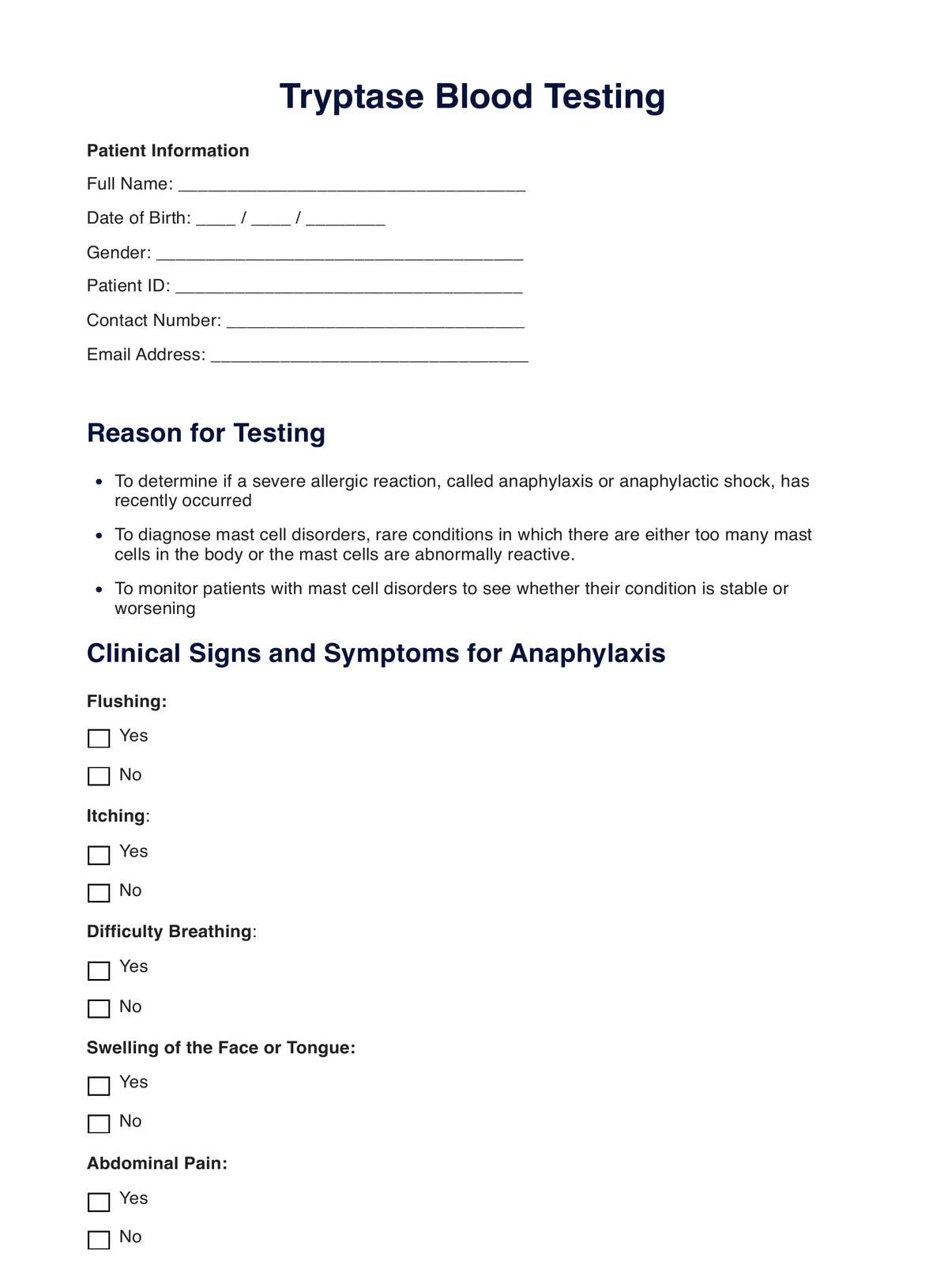Tryptase blood tests are generally reliable for diagnosing certain conditions related to mast cell activation, such as mastocytosis or anaphylaxis. Elevated levels of tryptase in the blood can indicate mast cell activation, although interpreting these results often requires considering other clinical factors.
However, like any medical test, there can be limitations. Timing is crucial; for instance, in anaphylaxis, tryptase levels might rise within hours after the event and return to normal within a day or two. If the test is done too late or too early, it might not reflect accurate levels. Additionally, some conditions or medications can affect tryptase levels, potentially leading to false positives or negatives.












